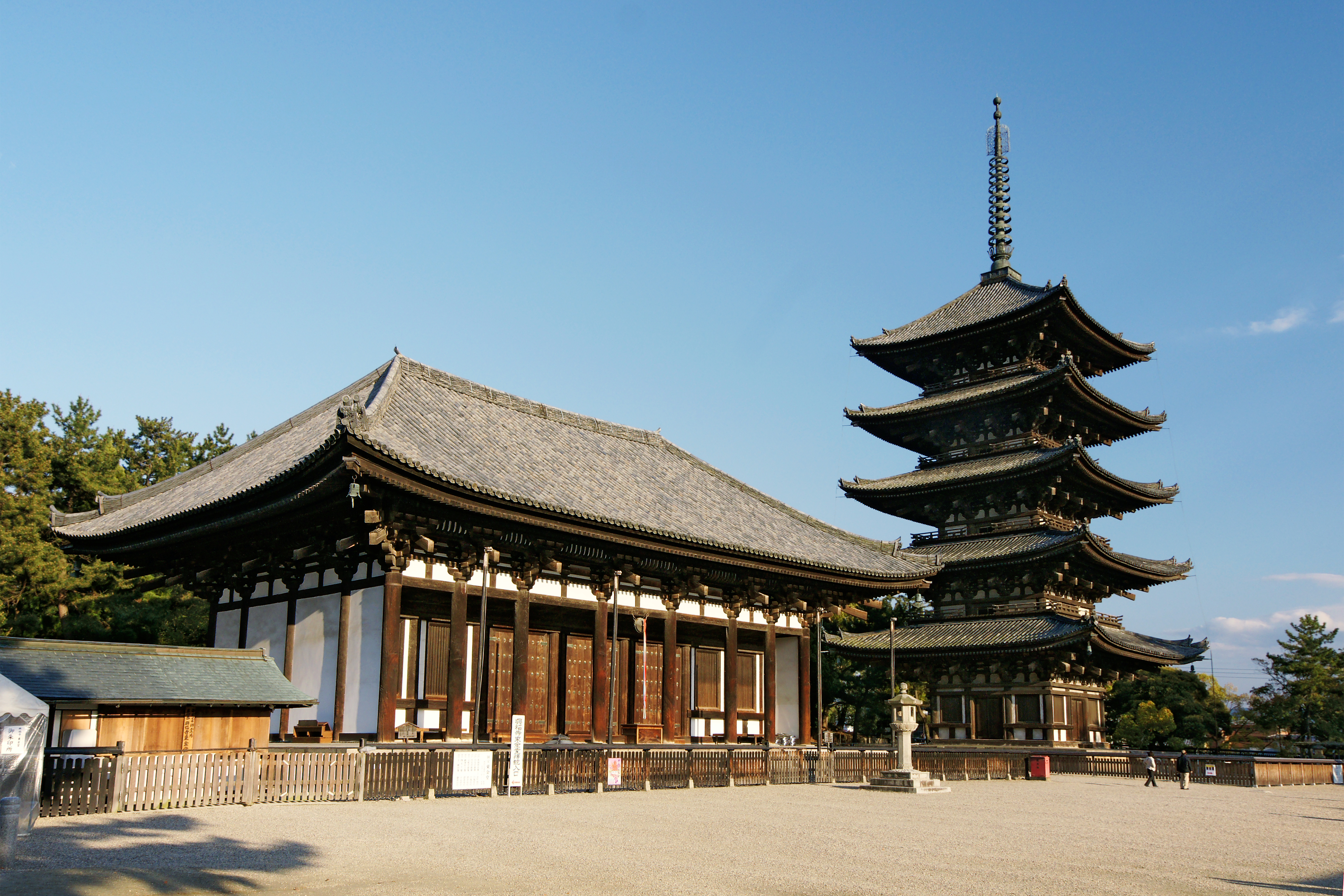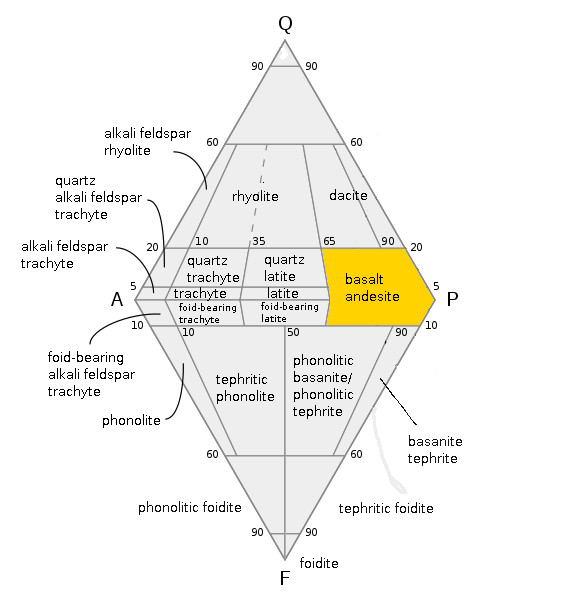|
Mount Unebi
is a mountain in the city of Kashihara, in the central-western part Nara Prefecture, Japan. Together with Mount Amanokagu and Mount Miminashi, it belongs to the so-called "Yamato Sanzan", in which it is the highest. At the foot of the mountain are gneiss new rocks, and part of the middle slope and higher are biotite and andesite Andesite () is a volcanic rock of intermediate composition. In a general sense, it is the intermediate type between silica-poor basalt and silica-rich rhyolite. It is fine-grained (aphanitic) to porphyritic in texture, and is composed predomi .... At the top is a funnel of an extinct crater. References External links Mountains of Nara Prefecture Mountains under 1000 metres {{Nara-geo-stub ... [...More Info...] [...Related Items...] OR: [Wikipedia] [Google] [Baidu] |
List Of Mountains And Hills Of Japan By Height ...
The following is a list of the mountains and hills of Japan, ordered by height. Mountains over 1000 meters Mountains under 1000 meters As the generally accepted definition of a mountain (versus a hill) is 1000 m of height and 500 m of prominence, the following list is provided for convenience only. See also * List of Japanese prefectures by highest mountain References External links Mt. Nakanodake:Hiking route|Snow Country* * Japan 100 Mountains {{DEFAULTSORT:List Of Mountains And Hills Of Japan By Height Mountains of Japan Height Height is measure of vertical distance, either vertical extent (how "tall" something or someone is) or vertical position (how "high" a point is). For example, "The height of that building is 50 m" or "The height of an airplane in-flight is abou ... [...More Info...] [...Related Items...] OR: [Wikipedia] [Google] [Baidu] |
Yamato Sanzan
or "the three mountains of Yamato", in Kashihara, Nara Prefecture, Japan, are , , and . Celebrated in Japanese poetry, they have been jointly designated a Place of Scenic Beauty. Jimmu, first Emperor of Japan, is said to have built his palace on the southeast side of Mt Unebi; he is enshrined at Kashihara Jingū. Archaeological study in the 1990s has shown that, rather than their surrounding Fujiwara-kyō on three sides, the "palace-city" was so large as to encompass the three mountains. File:Kaguyama-mt.jpg, Mt Kagu (152.4 m) File:Kashihara-unebi.JPG, Mt Unebi (199.2 m) File:Miminashi-yama.jpg, Mt Miminashi (139.7 m) See also * Monuments of Japan * List of Special Places of Scenic Beauty, Special Historic Sites and Special Natural Monuments * Meisho * Utamakura * Kunimi (practice) The ancient Japanese practice of , ''lit.'' "viewing the realm", involved climbing a mountain to survey the land, often before praising it in song. It also often uses spatial elements and me ... [...More Info...] [...Related Items...] OR: [Wikipedia] [Google] [Baidu] |
Kashihara
is a city located in Nara Prefecture, Japan. , the city has an estimated population of 124,829, with 52,034 households. Population density is around 3,176.79 persons per km2, and the total area is 39.52 km2. The city was founded on February 11, 1956. The former mayor was Yutaka Asoda, who was elected to his third term of office in 2003. The present mayor is Yutaka Morishita, who was elected in 2007. The exact spot of Emperor Jimmu's accession to the imperial throne (i.e. the foundation of Japan) was debated for centuries until in 1863 scholars of national studies claimed to have identified an area within Kashihara as the exact location. The city was the location of the Imperial capital Fujiwara-kyō, from 694 to 710. In the late 16th century it was said to be one of the two richest autonomous cities of Japan, as in ''Umi no Sakai, Riku no Imai'' (tr. "by the sea, Sakai – inland, Imai" - Imai or :ja:今井町 is now a part of Kashihara). On 8 July 2022, after former ... [...More Info...] [...Related Items...] OR: [Wikipedia] [Google] [Baidu] |
Nara Prefecture
is a prefecture of Japan located in the Kansai region of Honshu. Nara Prefecture has a population of 1,321,805 and has a geographic area of . Nara Prefecture borders Kyoto Prefecture to the north, Osaka Prefecture to the northwest, Wakayama Prefecture to the southwest, and Mie Prefecture to the east. Nara is the capital and largest city of Nara Prefecture, with other major cities including Kashihara, Ikoma, and Yamatokōriyama. Nara Prefecture is located in the center of the Kii Peninsula on Japan's Pacific Ocean coast, and is one of only eight landlocked prefectures. Nara Prefecture has the distinction of having more UNESCO World Heritage listings than any other prefecture in Japan. History Nara Prefecture region is considered one of the oldest regions in Japan, having been in existence for thousands of years, and is widely viewed as the Japanese cradle of civilization. Like Kyoto, Nara was one of Imperial Japan's earliest capital cities. The current form of Nara Prefec ... [...More Info...] [...Related Items...] OR: [Wikipedia] [Google] [Baidu] |
Mount Amanokagu
is a mountain in the city of Kashihara, in the central-western part Nara Prefecture, Japan. Together with Mount Unebi and Mount Miminashi, it belongs to the so-called "Yamato Sanzan or "the three mountains of Yamato", in Kashihara, Nara Prefecture, Japan, are , , and . Celebrated in Japanese poetry, they have been jointly designated a Place of Scenic Beauty. Jimmu, first Emperor of Japan, is said to have built his palace on ...". It is at the end of Ryumon Mountains that continues from Mount Tatake in comparison to the other two mountains being a sole peak. References External links * {{DEFAULTSORT:Amanokagu Mountains of Nara Prefecture Mountains under 1000 metres ... [...More Info...] [...Related Items...] OR: [Wikipedia] [Google] [Baidu] |
Mount Miminashi
is a mountain located in the Nara Basin, in the city of Kashihara, in the central-western part Nara Prefecture, Japan.徳久球雄・三省堂編修所 『コンサイス日本山名事典』、修訂版、三省堂、1979年、506頁。。 Together with Mount Unebi and Mount Amanokagu, it belongs to the so-called "Yamato Sanzan or "the three mountains of Yamato", in Kashihara, Nara Prefecture, Japan, are , , and . Celebrated in Japanese poetry, they have been jointly designated a Place of Scenic Beauty. Jimmu, first Emperor of Japan, is said to have built his palace on ...". References External links {{DEFAULTSORT:Miminashi Mountains of Nara Prefecture Mountains under 1000 metres ... [...More Info...] [...Related Items...] OR: [Wikipedia] [Google] [Baidu] |
Gneiss
Gneiss ( ) is a common and widely distributed type of metamorphic rock. It is formed by high-temperature and high-pressure metamorphic processes acting on formations composed of igneous or sedimentary rocks. Gneiss forms at higher temperatures and pressures than schist. Gneiss nearly always shows a banded texture characterized by alternating darker and lighter colored bands and without a distinct cleavage. Gneisses are common in the ancient crust of continental shields. Some of the oldest rocks on Earth are gneisses, such as the Acasta Gneiss. Description Orthogneiss from the Czech Republic In traditional English and North American usage, a gneiss is a coarse-grained metamorphic rock showing compositional banding (gneissic banding) but poorly developed schistosity and indistinct cleavage. In other words, it is a metamorphic rock composed of mineral grains easily seen with the unaided eye, which form obvious compositional layers, but which has only a weak tendency to fracture ... [...More Info...] [...Related Items...] OR: [Wikipedia] [Google] [Baidu] |
Biotite
Biotite is a common group of phyllosilicate minerals within the mica group, with the approximate chemical formula . It is primarily a solid-solution series between the iron-endmember annite, and the magnesium-endmember phlogopite; more aluminous end-members include siderophyllite and eastonite. Biotite was regarded as a mineral ''species'' by the International Mineralogical Association until 1998, when its status was changed to a mineral ''group''. The term ''biotite'' is still used to describe unanalysed dark micas in the field. Biotite was named by J.F.L. Hausmann in 1847 in honor of the French physicist Jean-Baptiste Biot, who performed early research into the many optical properties of mica. Members of the biotite group are sheet silicates. Iron, magnesium, aluminium, silicon, oxygen, and hydrogen form sheets that are weakly bound together by potassium ions. The term "iron mica" is sometimes used for iron-rich biotite, but the term also refers to a flaky micaceous form ... [...More Info...] [...Related Items...] OR: [Wikipedia] [Google] [Baidu] |
Andesite
Andesite () is a volcanic rock of intermediate composition. In a general sense, it is the intermediate type between silica-poor basalt and silica-rich rhyolite. It is fine-grained (aphanitic) to porphyritic in texture, and is composed predominantly of sodium-rich plagioclase plus pyroxene or hornblende. Andesite is the extrusive equivalent of plutonic diorite. Characteristic of subduction zones, andesite represents the dominant rock type in island arcs. The average composition of the continental crust is andesitic. Along with basalts, andesites are a component of the Martian crust. The name ''andesite'' is derived from the Andes mountain range, where this rock type is found in abundance. It was first applied by Christian Leopold von Buch in 1826. Description Andesite is an aphanitic (fine-grained) igneous rock that is intermediate in its content of silica and low in alkali metals. It has less than 20% quartz and 10% feldspathoid by volume, with at least 65% of the fe ... [...More Info...] [...Related Items...] OR: [Wikipedia] [Google] [Baidu] |
Mountains Of Nara Prefecture
A mountain is an elevated portion of the Earth's crust, generally with steep sides that show significant exposed bedrock. Although definitions vary, a mountain may differ from a plateau in having a limited summit area, and is usually higher than a hill, typically rising at least 300 metres (1,000 feet) above the surrounding land. A few mountains are isolated summits, but most occur in mountain ranges. Mountains are formed through tectonic forces, erosion, or volcanism, which act on time scales of up to tens of millions of years. Once mountain building ceases, mountains are slowly leveled through the action of weathering, through slumping and other forms of mass wasting, as well as through erosion by rivers and glaciers. High elevations on mountains produce colder climates than at sea level at similar latitude. These colder climates strongly affect the ecosystems of mountains: different elevations have different plants and animals. Because of the less hospitable terrain and ... [...More Info...] [...Related Items...] OR: [Wikipedia] [Google] [Baidu] |

.jpg)





